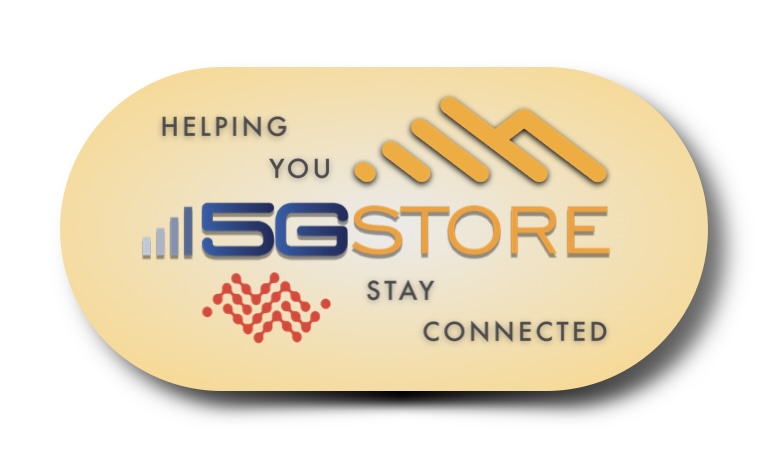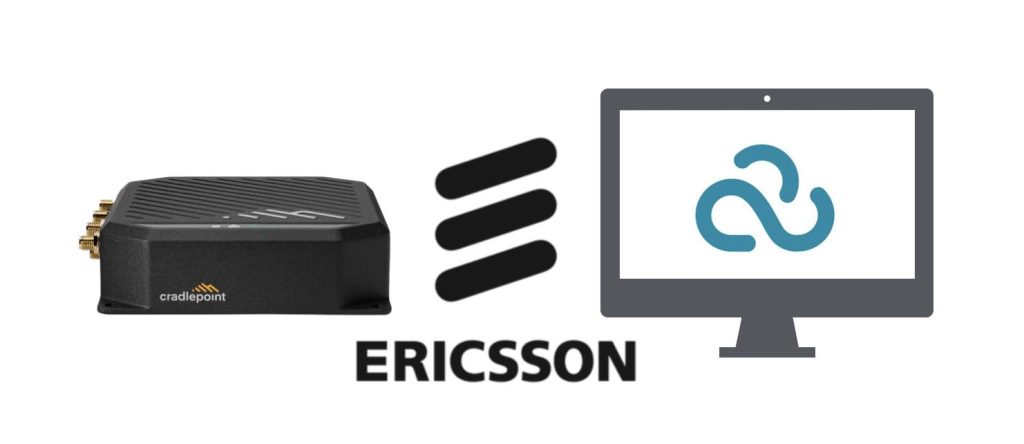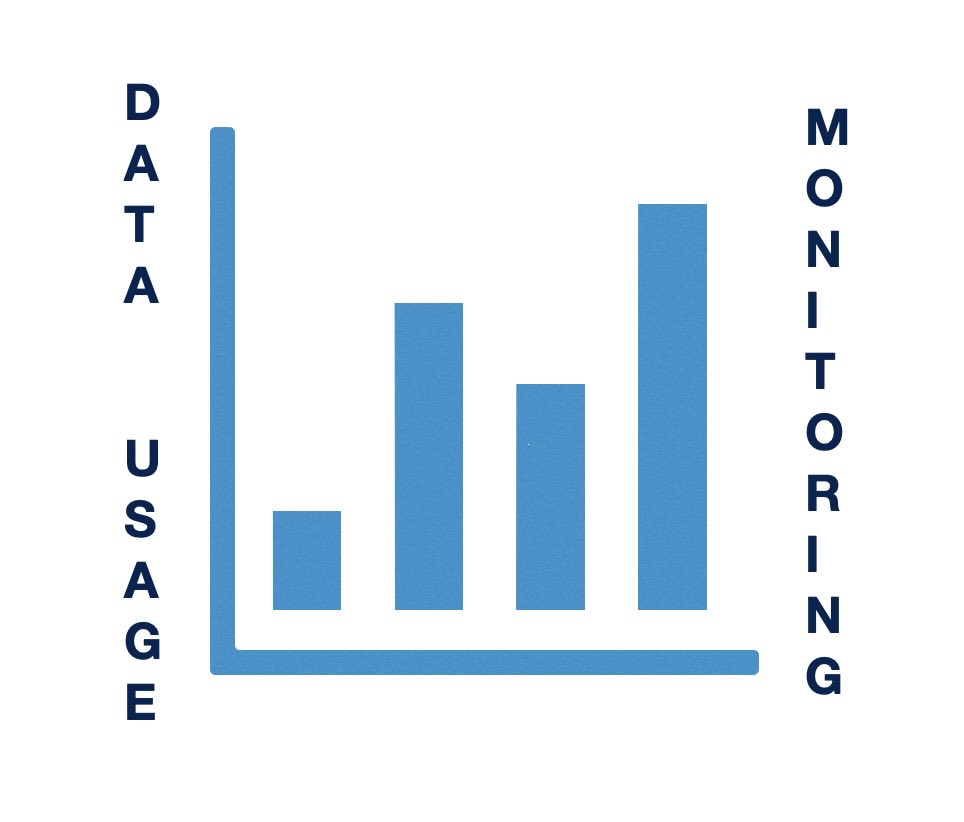FOR IMMEDIATE RELEASEApril 1, 2025 5Gstore Acquires Ericsson and Semtech Routers — Revives Cradlepoint and Sierra Wireless Brands Crystal Lake, IL — In a bold move that has stunned the wireless industry, 5Gstore.com is proud to announce the acquisition of Ericsson’s router division and the simultaneous repurchase of Sierra Wireless from Semtech. In an effort […]
Tag: Ericsson
4G/5G Routers and Antennas: Will 2025 Tariffs Drive Up Prices?
UPDATED as of June 16, 2025 Due to recent changes caused by tariffs and unknowns, 5Gstore has decided to temporarily stop selling PCtel antennas and cables. We will continue to update customers as more information is gathered. Thank you for your understanding! After a chat with our friends at Mobile Mark, they have confirmed they […]
Ericsson X20 5G Router MSRP and Features
Ericsson X20 has recently unveiled the Cradlepoint X20 5G Router, a cutting-edge solution designed to provide enterprise-class fixed wireless access (FWA) connectivity. This router is set to revolutionize the way small to medium-sized businesses (SMBs), temporary sites, and remote workers access high-speed internet. With its advanced features and robust design, the X20 is poised to become a […]
Ericsson Uses AI to Transform NetCloud Management
As we settle into 2025, it’s easy to see that artificial intelligence (AI) is going to redefine how enterprises operate. For organizations seeking to enhance efficiency, streamline costs, and gain a competitive edge, leveraging AI effectively is paramount. Ericsson Enterprise Wireless Solutions (previously Cradlepoint) leads this charge with innovative integrations of AI technology into their […]
5Gstore 20 Top Products of 2024
The ranking of 5Gstore’s premier products is determined by a blend of their popularity, the quantity of customer reviews received, and the average rating bestowed by customers. Several perennial favorites from this year’s winners, such as the Peplink BR1 Mini and IP Switch, have consistently made appearances on our “Top Products” lists in previous years. […]
Ditch TP-Link: Secure Your Network with Trusted Brands
As technology advances, the integrity of your home or business internet router is more critical than ever. Recently, TP-Link, a Chinese company that dominates 65% of the U.S. home internet router market, has come under intense scrutiny for alleged national security threats. Investigations by the U.S. Commerce, Defense, and Justice departments suggest potential security vulnerabilities […]
Cellular Router Data Usage Monitoring on Popular Brands
As internet usage becomes more integral to everyday activities, tracking cellular data consumption has become essential for both individuals and businesses. Excessive data usage can lead to overage charges, disrupted connections, and additional costs, making it critical to have real-time insights into your data usage. This is particularly relevant for those using routers with cellular […]
The Cradlepoint R980 Router: A 5G-Ready, Ruggedized Solution
The Cradlepoint R980 router, powered by Ericsson technology, is the latest addition to the Cradlepoint lineup, designed to meet the demanding needs of mobile and IoT environments. This ruggedized 5G networking platform is built to withstand harsh conditions while offering high-speed connectivity, advanced security, and comprehensive management capabilities. With dual 5G and Cat 19 LTE […]
The Cradlepoint S400 Series Routers: A Powerful IoT Solution from Ericsson
The newly announced Cradlepoint S400 series routers from Ericsson are making waves in the IoT landscape. These cloud-managed, semi-ruggedized routers offer secure connectivity and flexible deployment options, making them ideal for a variety of IoT applications. Designed for light industrial use, digital signage, kiosks, and more, the Cradlepoint S400 router ensures reliable performance with the […]
Which is the Best 5G Router? Cradlepoint, Digi, Inseego, Peplink, Sierra, or Teltonika?
When it comes to choosing the best 5G router, the question isn’t easy. With several top manufacturers producing cutting-edge technology, it can be difficult to determine which one will best meet your needs. Whether you’re looking for reliable connectivity for your business, industry-specific features, or solutions that enhance mobile performance, there’s a 5G router for […]











